Business Law Case Study: Contract Termination, Native Title Act 1993
VerifiedAdded on 2023/06/06
|6
|1060
|210
Case Study
AI Summary
This assignment presents a case study in business law, focusing on two distinct areas: contract termination and native title claims. The first part examines Karen's situation with Gym & Tonic, analyzing whether she can terminate her contract without penalty due to misleading advertising under the Australian Consumer Law. It applies sections 18, 29, 32, and 34 of the ACL to determine if the gym engaged in deceptive conduct. The second part addresses native title, referencing the Mabo case and the Native Title Act 1993, explaining the differences between native title and statutory land rights, and briefly discussing the Wik and Yorta-Yorta cases. The document concludes with a list of references, and is available on Desklib, a platform offering a wealth of academic resources for students.
1 out of 6

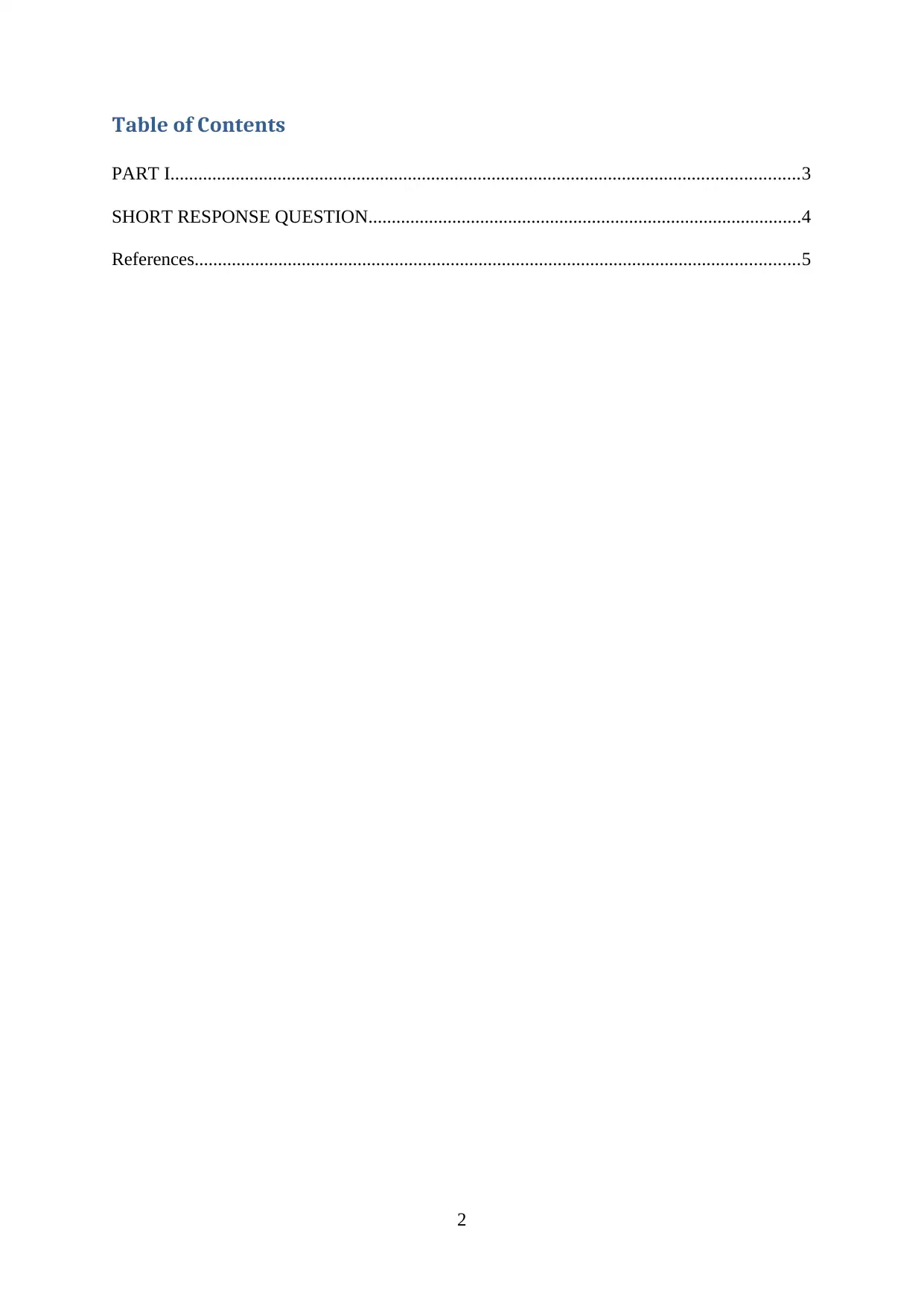
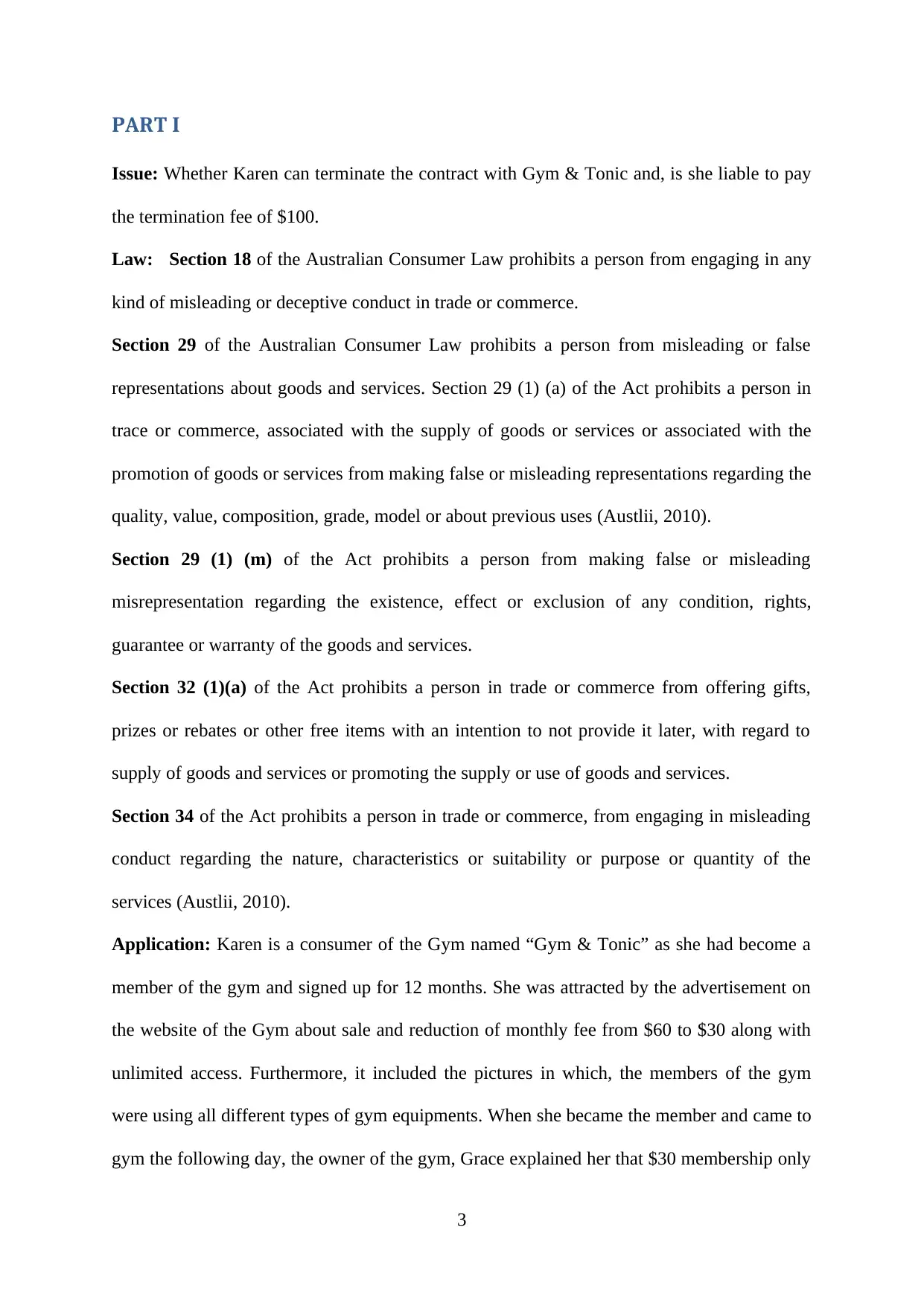
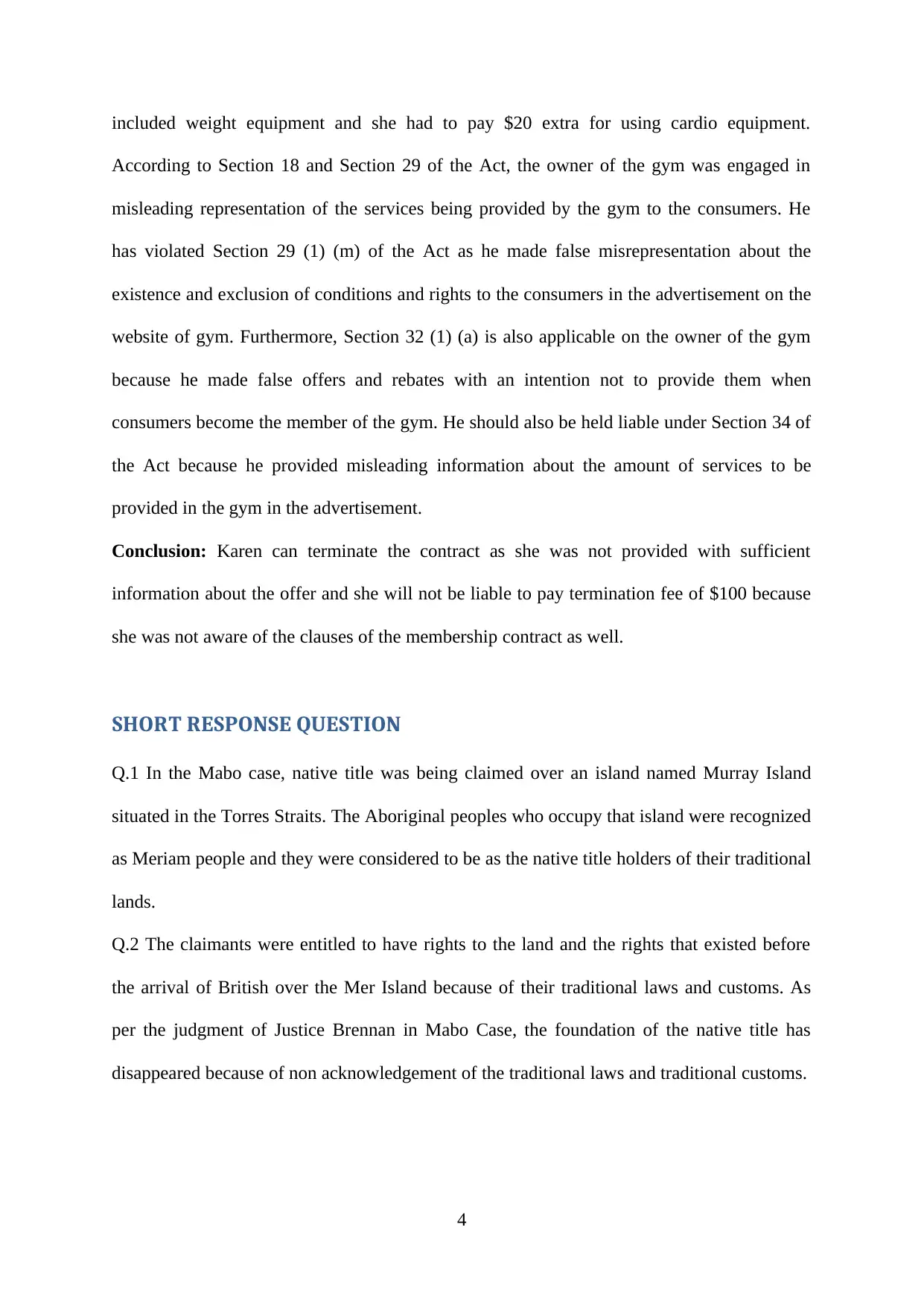
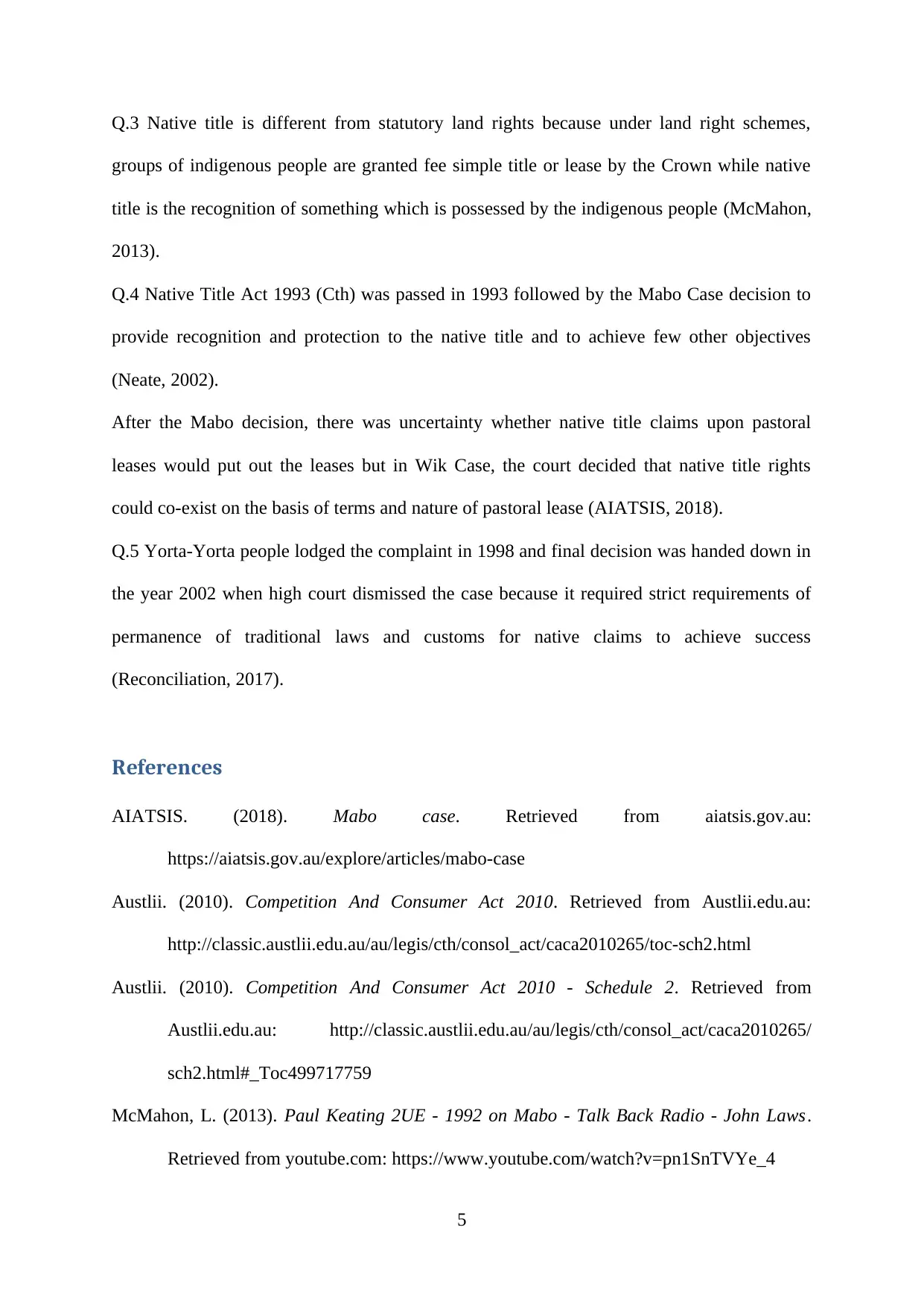
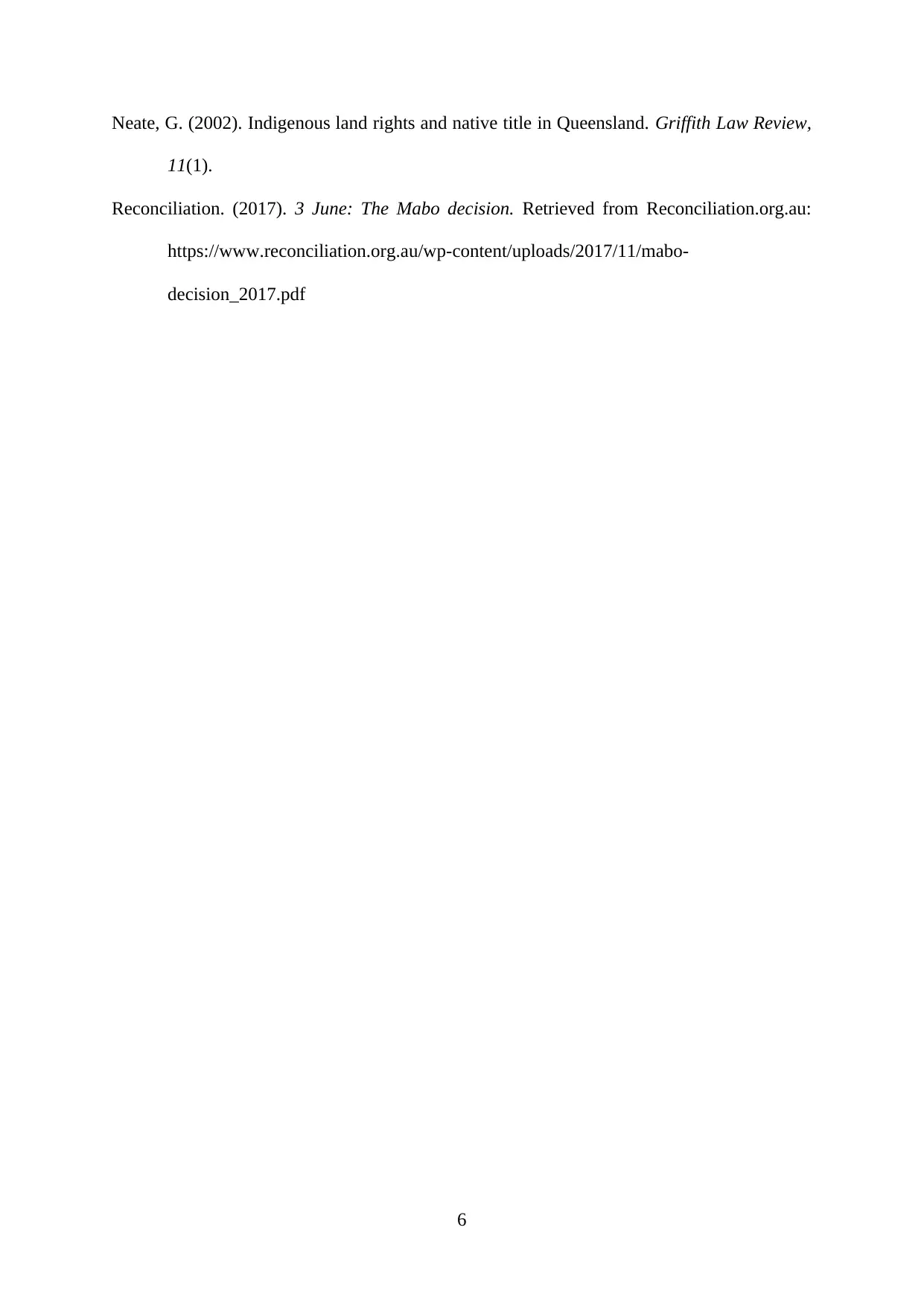





![[object Object]](/_next/static/media/star-bottom.7253800d.svg)